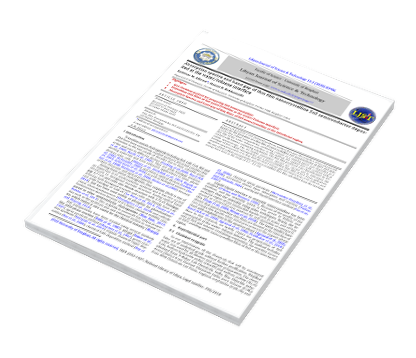Absorption spectra and band gap of thin film nanocrystalline ZnS semiconductor depos- ited at the water/toluene interface1
DOI:
https://doi.org/10.37376/ljst.v11i2.2407Abstract
This work presents a wet chemical synthesis method that uses the interface of two immiscible
liquids for the formation of a thin film of nanocrystalline ZnS semiconductor at 60°C.ZnS sem-
iconducting colloid nanoparticles, containing cysteine as a capping agent was deposited as a
thin film at the water- toluene interface. In this method, the capped ZnS with cysteine held in
contact with toluene containing octylamine. The thin film produced was characterized by UV-
visible spectroscopy. The UV-Visible absorption spectra are carried out to determine the
bandgap of ZnS colloid nanoparticles and a nanocrystalline thin film of ZnS. From optical ab-
sorption measurements, it is clear that the direct energy gap decreases from 3.92-3.82 eV, and
the size of ZnS colloid nanoparticles and nanocrystalline thin film calculated from the bandgap
energy have been in the range of 3.7 - 4.2 nm.
Downloads










 LJST Copy rights form
LJST Copy rights form


